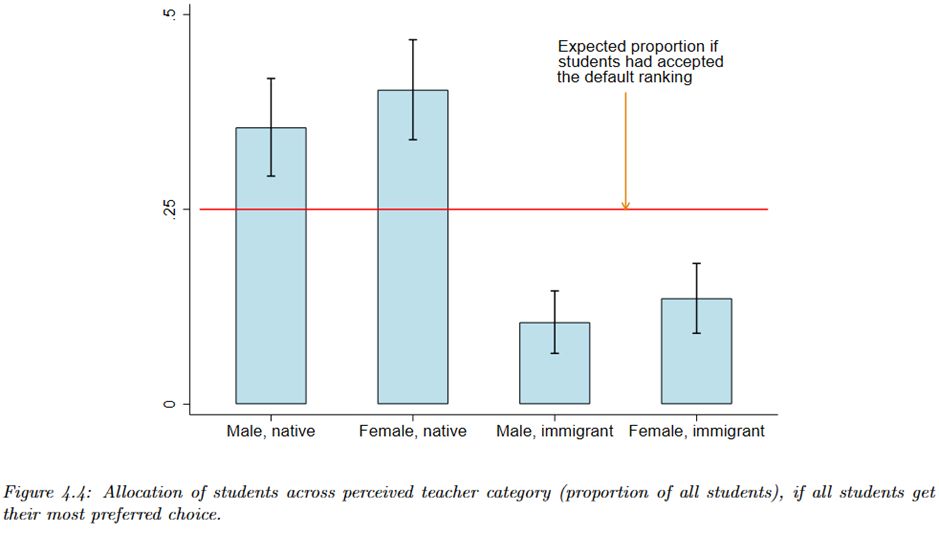Professor of Economics with an interest in Game Theory, Behavioral Economics and Experimental Economics. Located at Uppsala University, Sweden
Reposted by Ola Andersson

Paper: osf.io/preprints/so...
Reach out ur you have futher Q’s
The paper could easily evolve into a pure theory paper with broad applications. It’s a step forward in understanding pricing and incentives in dynamic markets.
Amin doesn’t just propose a mechanism—he provides an algorithm to find solutions that:
• Minimize price variance
• Minimize variance in consumer surplus
• Minimize the number of market segments
Practical and flexible. 💡
His framework allows regulators to leverage future consumer surplus to incentivize trials for drugs with long-term social value—key for conditions neglected by pure market forces.
🎯 Manufacturers are incentivized to run trials for all socially profitable indications.
🎯 Consumer surplus is maximized.
🎯 Rare diseases and orphan drug trials—often ignored under IBP—become feasible, improving overall welfare.
1️⃣ Manufacturers first decide whether to run trials (at a cost) for new indications.
2️⃣ A regulator smartly segments the market for profit-maximizing pricing—balancing incentives and surplus.
Amin proposes a regulatory mechanism that goes beyond IBP. It:
✅ Incentivizes trials for socially valuable indications.
✅ Protects consumer surplus.
✅ Ensures access for patients.
Here’s how it works 👇
Sounds ideal, right? Not quite.
IBP risks letting manufacturers capture too much surplus, leaving patients and payers worse off. A balancing act is needed. ⚖️
👉 Patients with less profitable conditions face limited access.
👉 Manufacturers lose incentives to run trials for rare or low-margin diseases.
A better approach? Indication-based pricing (IBP). But there’s a catch…
Let’s dive in! 🧵
Reposted by Erik Wengström

sites.google.com/view/aminhus...
Reposted by Ola Andersson


